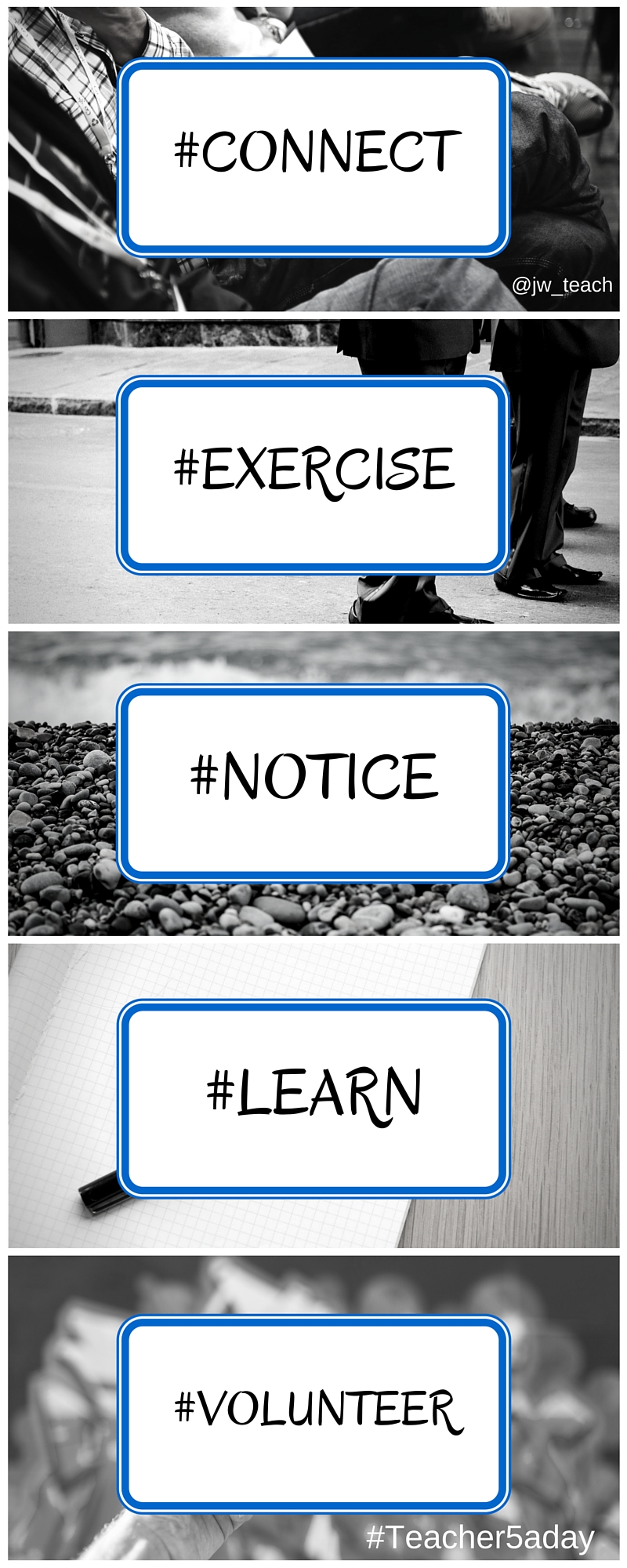School Leadership Lessons from “Radical Candor”
“Radical Candor” is a management guidebook written by Kim Scott. The book focuses on the importance of developing strong relationships between bosses and employees, and how to communicate effectively to achieve success. The author introduces a framework for honest communication and feedback called “Radical Candor,” which combines both caring personally and challenging directly.
School Leadership
Ever since I started by Journey into School Leadership with my NPQML I have sought to develop how I communicate. This is an area I have to consciously work on. In order to develop this I have written and delivered training for my partner schools on “Difficult Conversations”. My Executive Principal gave us this book and I found it really useful for framing my approach to this element of leadership.
The book is filled with personal anecdotes from Scott’s own career, as well as examples from other successful leaders. It covers topics such as how to provide effective feedback, how to build a cohesive team, how to encourage professional growth, and how to avoid common management pitfalls. Whilst not education specific the book provides great insights we can apply in these challenging times.
The book emphasises the importance of being a compassionate but honest leader, who provides constructive feedback, builds strong relationships with their team, and encourages growth and development in their employees.
The Four Areas of Radical Candor
| Radical Candor Areas | Description |
|---|---|
| “Obnoxious Aggression” | A style of communication that is highly critical and aggressive, but lacks genuine concern for the other person. This can come across as abrasive and demotivating. |
| “Ruinous Empathy” | A style of communication that is empathetic and caring, but avoids difficult conversations or feedback. This can lead to issues going unaddressed and hinder professional growth. |
| “Manipulative Insincerity” | A style of communication that is neither honest nor compassionate. This can involve passive-aggressive behavior or sugar-coating feedback to avoid conflict. |
| “Radical Candor” | A style of communication that combines caring personally with challenging directly. This involves providing honest, constructive feedback while also showing genuine concern for the other person. This can help build trust, improve communication, and drive better results. |
The goal of Radical Candor is to find the right balance between caring personally and challenging directly. When leaders use this approach, they can build stronger relationships, create a culture of open communication, and drive better outcomes for their team and in my case school.
The two dimensions of Radical Candor are “Caring Personally” and “Challenging Directly.”
“Caring Personally” refers to showing that you care about your team members as human beings, not just as employees. It involves taking the time to build strong relationships, listening to their concerns, and understanding their motivations and goals.
“Challenging Directly” refers to providing honest, constructive feedback to help team members improve their work and grow professionally. It involves being clear and specific about what needs to change, while still being respectful and compassionate.

Combing Both Dimensions of Radical Candor.
By combining both dimensions of Radical Candor, School leaders can create an environment of trust, where team members feel valued, supported, and empowered to do their best work. When leaders care personally and challenge directly, they can build stronger relationships, improve communication, and drive better results. In my experience the majority of school leaders started as teachers or teaching assistants. This means they should be starting from a place where they care personally about the school and pupils. If you have taught in a special school it is likely you became a leader automatically as you would have had a team of TAs to manage.
Ten Top Leadership Lessons from Radical Candor:
Here are the top ten leadership lessons from “Radical Candor” that you can apply in any school:
- Build strong relationships with your team by showing that you care about them both personally and professionally. This could be by encouraging them to seek out CPD opportunities, being empathetic when they have personal or professional challenges.
- Be honest and direct when providing feedback to your team members, but always be respectful and compassionate. Everyone in a school at the moment (2023) is facing a whole raft of challenges and we need compassion as school leaders more than ever.
- Encourage your employees to challenge themselves and take on new responsibilities, even if it means making mistakes along the way. In a high stakes accountability setting like a school this level of trust needs to be clear. Support you staff to be innovative within a framework of risk management.
- Create a culture of transparency and open communication, where everyone feels comfortable sharing their thoughts and opinions. Read more in the next section. This may be ground rules for meetings or specific open forums where no idea is a bad idea.
- Make sure your team members feel recognised and valued for their contributions to the school’s success.
- Don’t shy away from difficult conversations or conflict – embrace them as opportunities for growth and improvement.
- Focus on the school development plan and how each teacher’s role fits into the bigger picture.
- Lead by example and set high standards for yourself and your team.
- Foster a sense of teamwork and collaboration, where everyone feels like they are working towards a common goal or values.
- Continuously work on your own leadership skills and seek feedback from others to improve your effectiveness as a leader.
How Can We Create a Culture of Open Communication?
Creating a culture of open communication is essential to the success of any organization, but it’s not always easy. Here are a few steps that can help create an environment of open communication:
- Lead by example: As a leader, it’s important to model the behavior you want to see in your team. If you want open communication, you need to demonstrate it yourself by actively listening to your team members and encouraging them to share their thoughts and ideas.
- Encourage feedback: Make it clear to your team that feedback is valued and appreciated. Encourage them to share their opinions, even if they disagree with you or others in the school. Ask for feedback regularly and act on it.
- Provide a safe space: Create an environment where teachers feel safe to share their opinions and ideas without fear of judgment or retaliation. Make it clear that different viewpoints are welcome and that you’re open to constructive criticism.
- Communicate regularly: Regular communication can help build trust and create a sense of transparency. Consider holding regular team meetings, one-on-one check-ins, or using collaboration tools to keep everyone informed and engaged.
- Address conflict promptly: Conflicts and disagreements are inevitable, but it’s important to address them promptly and respectfully. Encourage your team to resolve conflicts openly and constructively, and provide support and guidance as needed.
Remember, building a culture of open communication takes time and effort, but the benefits are well worth it. By creating an environment where everyone feels comfortable sharing their thoughts and ideas, you can foster innovation, creativity, and collaboration, leading to better business outcomes.
Radical Candor Quotes
If you can build a trusting relationship with people so that they feel free at work, then they’re much more likely to do the best work of their lives. But you’re not “getting it out of them”; you’re creating the conditions for them to bring it out of themselves.
Kim Scott, Radical Candor








One Comment